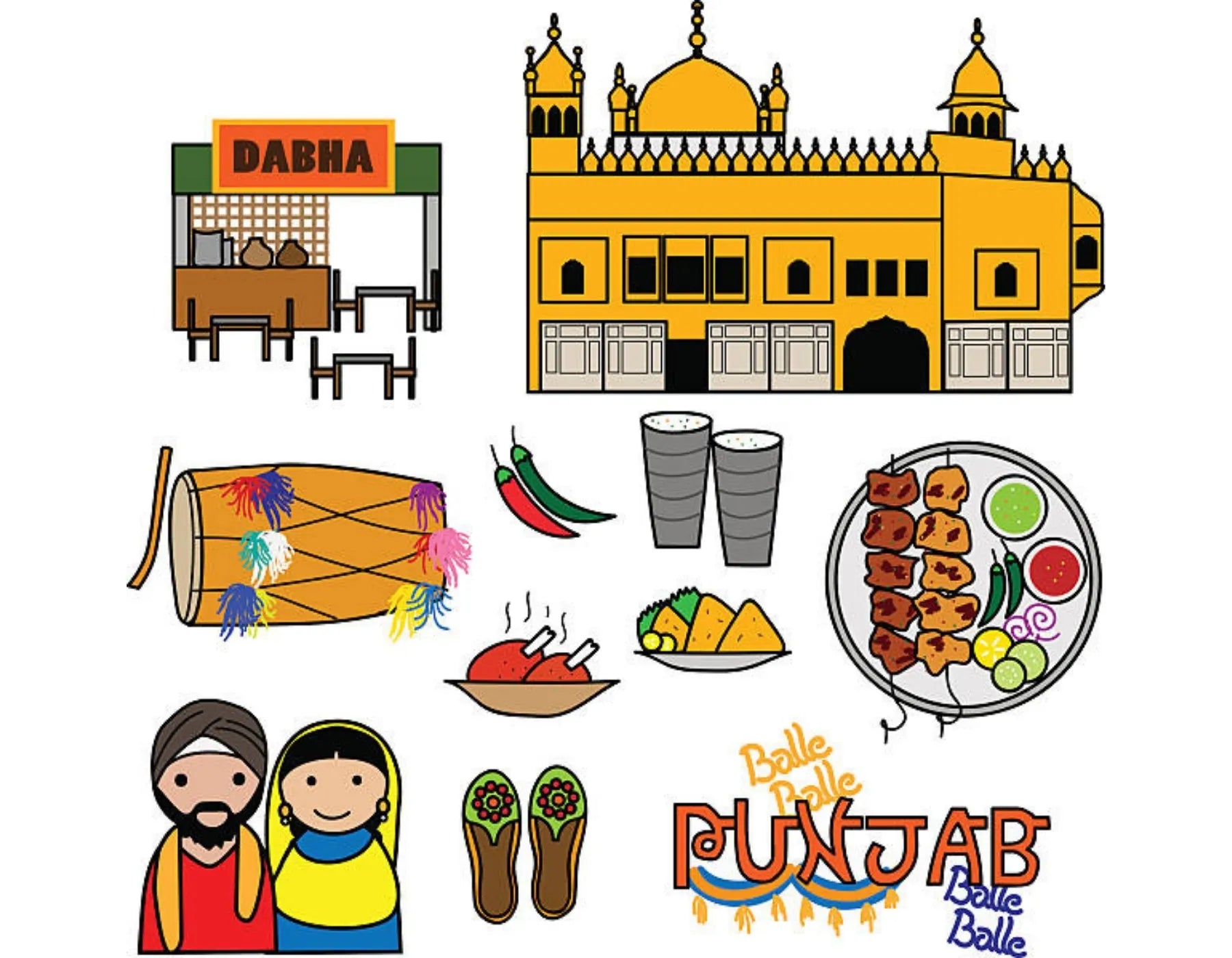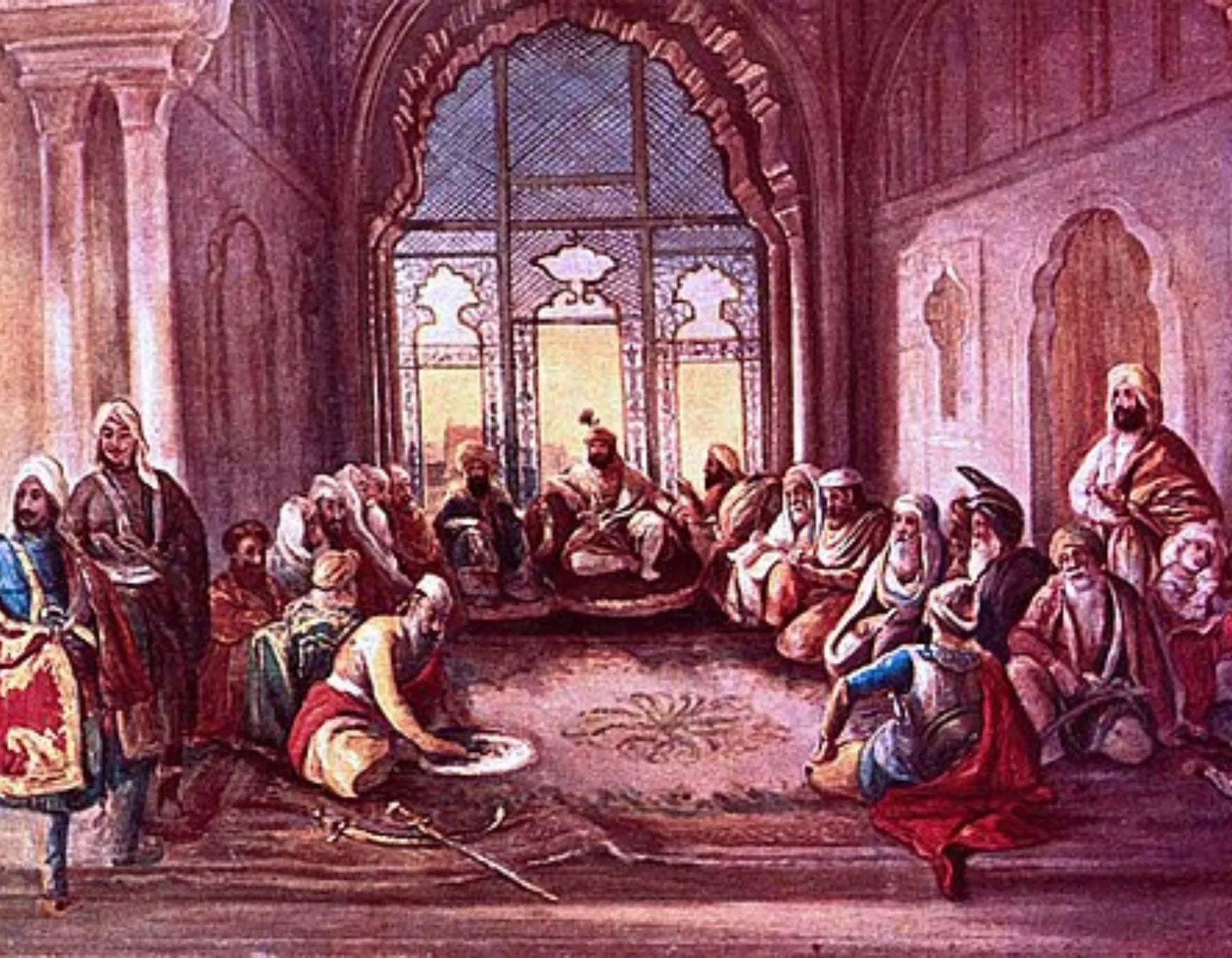
Stuff You’ll Only See in a Punjabi Household
The heart of Punjab beats not only through its fields and folk songs but also in its homes. A Punjabi household is a unique universe where tradition meets everyday hilarity, and everything is done with an unmatched zest for life. These homes are not just residences; they’re living, breathing archives of culture, hospitality, and organized chaos. From spicy smells wafting through the kitchen to loud conversations that echo through walls, Punjabi homes are a class of their own.
The Plastic Bag Drawer That Defies Logic
Let’s start with the holy grail of desi sustainability — the plastic bag drawer. In every Punjabi household, you’ll find a mysteriously overflowing compartment — usually under the kitchen sink — full of neatly folded or haphazardly shoved plastic bags. No one dares throw them away because, who knows, it might come in handy during a shaadi, langar prep, or emergency tiffin packaging.
Pickle Jars That Belong in a Museum
Walk into any Punjabi kitchen or balcony, and you’re likely to spot massive glass jars of achar (pickle) basking in the sun. These jars are filled with everything from mango to gobi to lime — all swimming in oil and spices so intense they can knock out a sinus infection. What’s truly remarkable is that some of these jars date back decades, passed down through generations like precious heirlooms.

Steel Dabbas and Tiffins That Outnumber Actual Dishes
You’ll never run out of containers in a Punjabi household. Whether it’s leftover daal from last night or dry fruits being hoarded for a train journey that’s two months away, it will all be stored in a steel dabba. Most of these tiffins are from old-school brands like Milton or Jaypee, and they come with memories of school lunches and long drives to Amritsar.

Loud Conversations That Are Just... Normal
To an outsider, it may sound like a full-blown argument, but for us, it’s just how we communicate affectionately. Whether discussing which cousin is getting married or how the sabzi turned out, the decibel level never drops. Volume is love, and in a Punjabi household, silence is suspicious.
Cha at 10 PM? Totally Normal.
There is no such thing as a bad time for cha (tea) in a Punjabi household. Whether it's 10 PM on a weekday or 5 AM on a wedding day, the kettle is always on standby. Served with glucose biscuits, rusk, or leftover samosas, cha is not just a beverage — it’s a conversation starter, mood lifter, and cultural glue.
The Guest Room That’s a Mini Punjab
Every Punjabi home has that one room that’s always ready for guests — even if no one visits for months. This room will have embroidered bedsheets, plastic-covered remote controls, floral-patterned towels, and suitcases filled with God knows what. It smells faintly of agarbatti, old books, and Dettol — a nostalgic scent cocktail that can’t be bottled.
Wall Decor That’s Unapologetically Loud
Minimalism has no room here. Walls are proudly covered with wedding photos, Sikh or Hindu religious calendars, Guru Nanak Ji posters, and embroidered frame art saying “Home Sweet Home” or “Waheguru Mehar Kare”. Bonus points if there’s a clock that’s at least ten minutes slow and shaped like something bizarre, like a peacock or tabla.
The Pressure Cooker Whistle Is the Dinner Bell
Nothing announces dinner time like the screech of a pressure cooker whistle. Whether it’s rajma, chhole, or matar paneer, you’ll know it’s ready when the entire house vibrates. The pressure cooker is not just a kitchen tool; it’s a symbol of culinary commitment.
Shoes Outside, Chappals Inside — Non-Negotiable
Every Punjabi household has a strict no-shoes policy indoors. What makes it special is the wild variety of chappals, sliders, and juttis stacked at the door, sometimes in such large numbers they resemble a discount footwear store. And don’t even think about wearing outside shoes on the carpet — you’ll face a full-blown interrogation.
Weddings, Receptions, and Relatives — Always Ongoing
It may not be wedding season, but in a Punjabi household, someone is always getting married. Sangeet practices, outfit planning, or gossip about the rishta game — these topics are evergreen. Even the fridge might have leftover mithai from a wedding that happened three weeks ago — because we never waste good laddoos.
Medicine Cabinets That Could Rival a Pharmacy
From Crocin to Hajmola, Volini to Iodex, every Punjabi household has a medicine box that can rival a local chemist. Whatever the issue — headache, stomach ache, heartbreak — Mummy already has something for it. And yes, most likely, the expiry date is ignored with the words: “Kujh nahi hunda, bas le le.”
TV Volume at Level 50 — Because Why Not?
Watching TV in peace? Not a thing. Whether it’s a rerun of “Ramayan,” a heated news debate on PTC Punjabi, or the latest episode of “Anupamaa,” the volume must be high enough to reach the neighbors. Bonus points if Mummy is yelling at the characters on screen like they’re family.
The Fridge Is a Treasure Hunt
From open cans of condensed milk to half-cut lemons in steel bowls and 10-year-old pickle jars, the fridge in a Punjabi home is a puzzle. There’s always a mystery box you’re afraid to open, and milk is stored in old Tropicana juice bottles — because recycling is religion.
Old Sarees, Suits, and Shawls Saved for “Future Use”
Punjabi moms have a sixth sense. They’ll keep worn-out suits, faded dupattas, and barely-usable shawls because “It’ll come in handy someday.” That day might never come, but the wardrobe will be full, and yet you’ll still have “nothing to wear.”
Every Celebration Feels Like a Festival
From Lohri to Gurpurab, Karva Chauth to Diwali, every event in a Punjabi household is marked with lights, laddoos, and full volume music. Even a kid’s birthday turns into a function with decorations, DJ wale babu, and samosa-chutney platters that could feed a small army.
Emotional But Never Subtle
The emotions in a Punjabi household are always turned up to 100. Whether it’s overfeeding guests, getting offended over not calling regularly, or crying during a movie Mummy has seen 20 times, there is no such thing as low-key. Everything is extra — and we wouldn’t have it any other way.
In conclusion, a Punjabi household is not just a place — it’s an experience. It’s laughter echoing through hallways, the scent of tadka in the air, and traditions stitched into every fabric. It’s a beautiful chaos that we hold close to our hearts, no matter where in the world we are.
